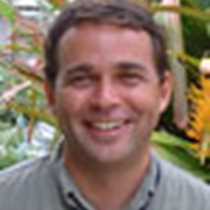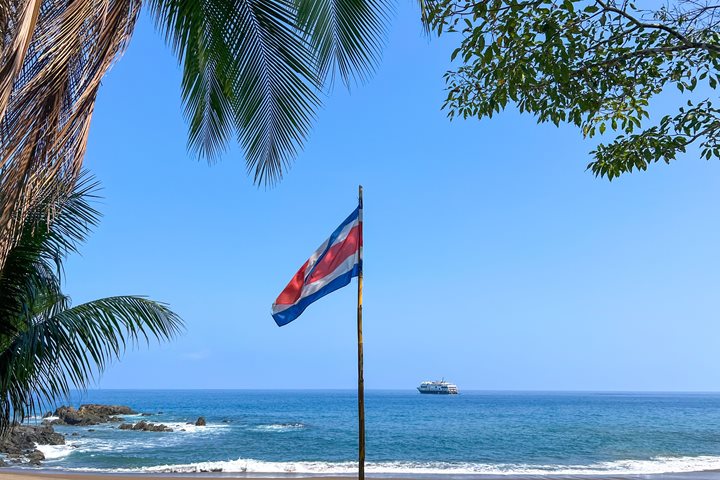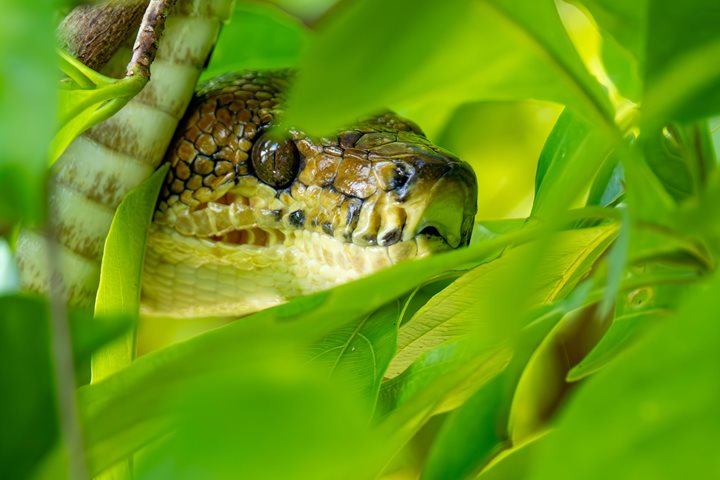Last night we finished our transit late at night dropping anchored in Gatun Lake. Early this morning we had a second pilot from Panama Canal authorities that boarded National Geographic Sea Lion in order to reposition to Barro Colorado Island (BCI). Since 1923 BCI has been a biological reserve becoming a cornerstone on the region for tropical ecology studies. Its grandeur was significantly increased when the island became a bureau of Smithsonian Institute. The scientific presence has been notorious ever since. The remarkable number of researchers provide to the world all different kinds of publications. The number of these are in the thousands.
Today, after breakfast, all of us were delighted to meet Dr. Egbert Leigh that contributed to expand our knowledge when he provided an introductory talk before departing our vessel. The opportunities to discover this majestic realm by expedition landing crafts or hiking captivated our aspiration to unravel the complexity of this ecological zone. Under the leadership of BCI staff, observations of different wildlife including American crocodiles, mantled howler monkeys and snail kites satisfied our curiosity to observe the species included within the 6 Km2 of the island.
Considering that the entire Nature Monument includes the peninsulas in the main land, the vast size of 54 Km2 receives constant monitoring from the Smithsonian Tropical Research Institute for its proper preservation.
During mid-afternoon we were scheduled to complete our two day transit of the Panama Canal. Gatun locks were our grand finale to our week together. The synchrony between line handlers, locomotive operators and our pilot was indeed successful, once we were lowered 26 meters or 85 feet in order to reach Caribbean waters. As soon as National Geographic Sea Lion dropped anchored by breakwater, we started to realize all the events and new friends that connected our spirit discovering Costa Rica and Panama together.







